Assembling cabinotch® Full Access Cabinetry
So the National Launch was a success, and no major issues we have been made aware of (Praise the Lord).
BUT, some of the feedback we have gotten tells me we need a little tutorial on cabinotch® Full Access assembly. There really is no official assembly method or right or wrong way, and everyone seems to figure it out, but since we like to lean into “remove the opportunity for mistake from the process” and “set the next person up for success”, I thought it would only make sense to do a quick illustrated blog post. So, feel free to continue to experiment, and let us know your results, but for now, here is the process that has proven itself successful for us.
Step 1. Lay one of the end panels for your cabinet on your flat and level work bench (you do have a flat and level work bench don’t you?) and insert the female Lamello P-14 Tenso fasteners into the slots cut for them.
Step 2. Insert the male Lamello P-14 Tenso fasteners into the slots for the cabinet Bottom and align the fasteners and snap the Bottom to the Cabinet Side Panel.
Step 3. Insert the male Lamello P-14 Tenso fasteners into the slots for the cabinet Top Front Rail, then align the fastener and snap the Top Front Rail to the Cabinet Side Panel.
Step 4. Insert the male Lamello P-14 Tenso fasteners into the slots for the cabinet Mid Rail, then align the fastener and snap the Mid Rail to the Cabinet Side Panel.
Step 5. Insert the male Lamello P-14 Tenso fasteners into the slots for the cabinet Top Back Rail, then align the fastener and snap the Top Back Rail to the Cabinet Side Panel.
Step 6. Now we want to Pre-Load all the male Lamello P-14 Tenso fasteners that are sticking up, so here is what the Lamello looks like prior to being loaded with the Pre-Load clip. Pre-Load clips make snapping this second Side Panel much easier, and the more clips you need to align, the more helpful this Pre-Load clip is (a deep oven cabinet could have as many as many as 17 fasteners to align).
Step 7. Here is what the Lamello Pre-Load Clip looks like, and the tool you will use to insert the Pre-Load Clip.
Step 8. Here is an image of the Lamello Pre-Load Clip inserted into the Insertion Tool.
Step 9. Align the Lamello Pre-Load between the two center tines of the male Lamello P-14 Tenso fastener.
Step 10. Press down until the Pre-Load clip is fully inserted into the male Lamello P-14 Tenso fastener.
Step 11. It should look like this. Now repeat for all the other male Lamello fasteners.
Step 12. Insert the back. Hint: do it just like the lovely Vanna Valentine is doing it in the photo.
Step 13. The rabbeted 3/4″ thick Back should go all the way down into the groove cut into the Cabinet Side Panel, and the flat face (opposite the rabbeted face) should face the interior of the cabinet, leaving a 10mm or 3/8″ back scribe behind the Back.
Note: if you look closely at this image, you can see two 3mm pilot holes at the left and right of this back. These pilot holes allow you to screw your back to the Bottom and Top Back Rail of your Base Cabinets.
Step 14. Set your other Cabinet Side Panel on top of the cabinet, and align all of the Lamello P-14 Tenso fasteners (this is much easier if you have used the Pre-Loads than it would be if you did not). If the Side Panel has been aligned properly, it should drop down onto the male Lamello’s and look similar to these images.
Step 15. Snap the second Cabinet Side Panel down (it should snap down easily if you have aligned it correctly, you should not need to use a dead blow equalizer on this). At the sound of that last SNAP, you should have experienced a cabinotch® Moment, so do a Holy Dance and continue on to the next cabinet.
We do recommend you glue all the parts, although we did not glue them for this sample cabinet because we wanted to be able to take it back apart for other demonstrations. As of this writing, we are recommending you use RooClear, and allow the glue to dry for 48 hours before you stress the joints. We are currently experimenting with Gorilla Glue, and so far the clear advantage is not having to wait 48 hours before stressing the joint, and it does seem to adhere to the UV surface very well (more to come in a future post).
We are also working on adding 3mm pilot holes to all unfinished ends (which if you use applied ends, will be all ends). This will allow you to add #6 screws to secure your cabinets, either eliminating the need for glue, or augmenting it’s holding power.
Well that pretty well covers this topic, but feel free to ask any questions you might have below, and to make sure you won’t miss any of our cabinotch® posts, enter your email address in the Subscribe field on the right, and each time we add to this discussion, you will automatically be notified. Oh, and you won’t hurt our feelings if, depending on where you are seeing this, you Share, Like, Plus or Re-tweet it.

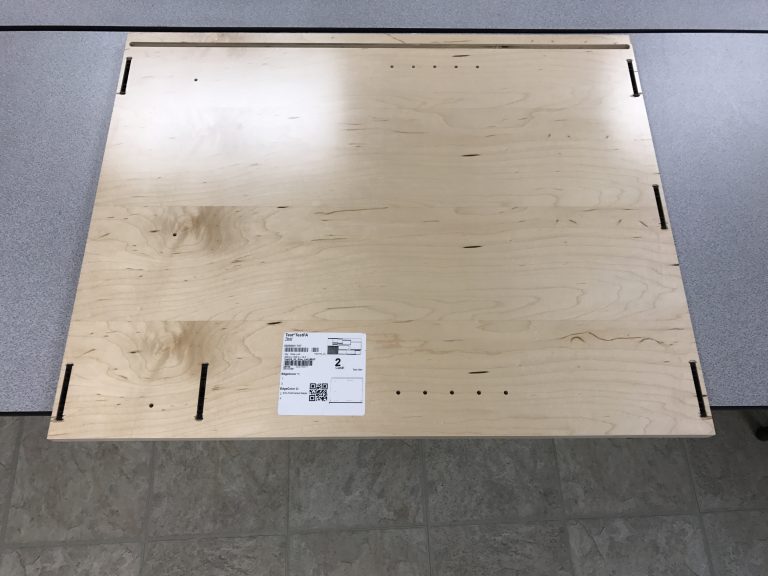
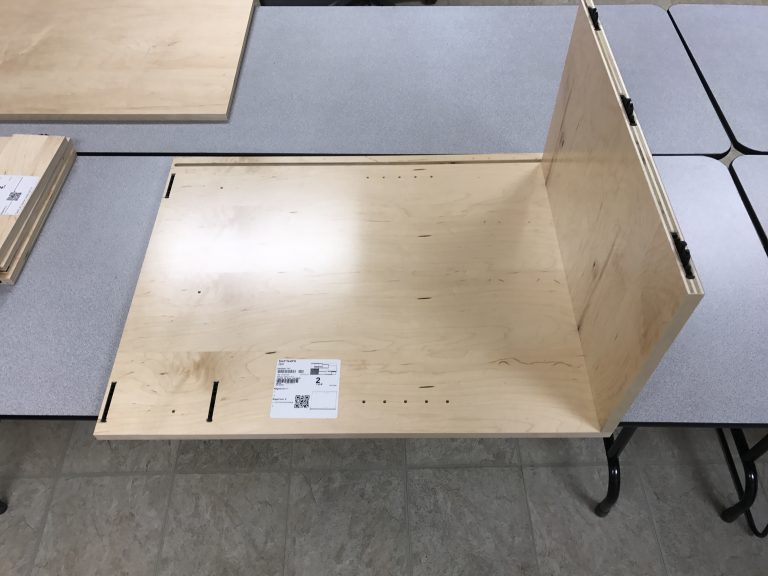
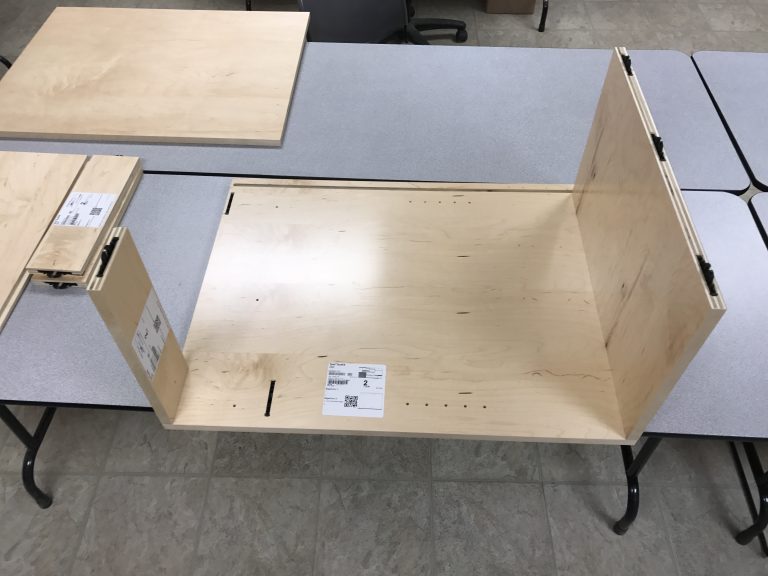
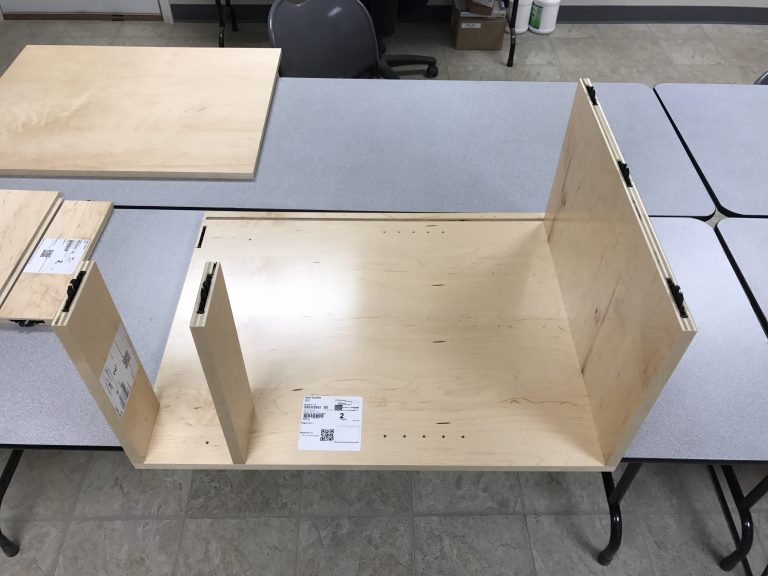
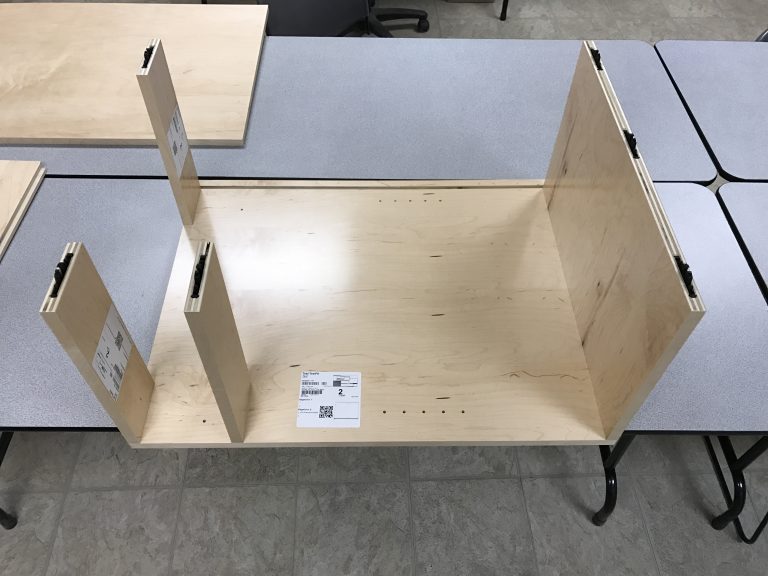
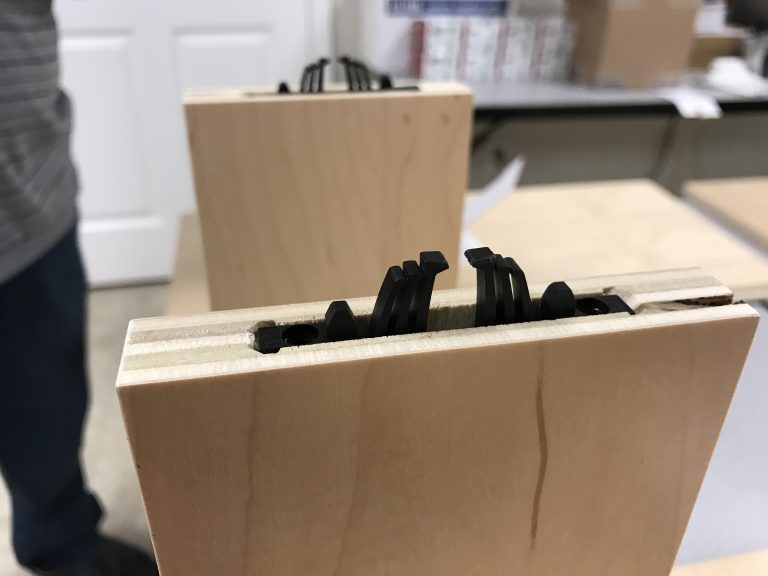
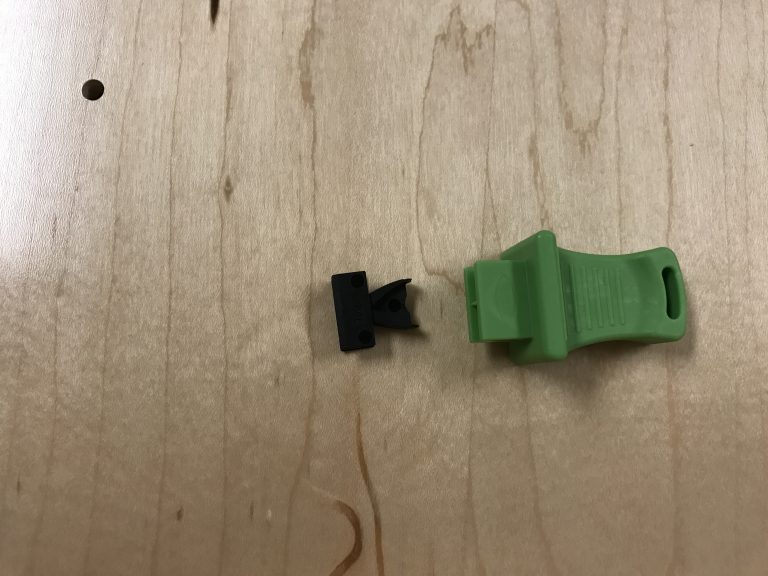
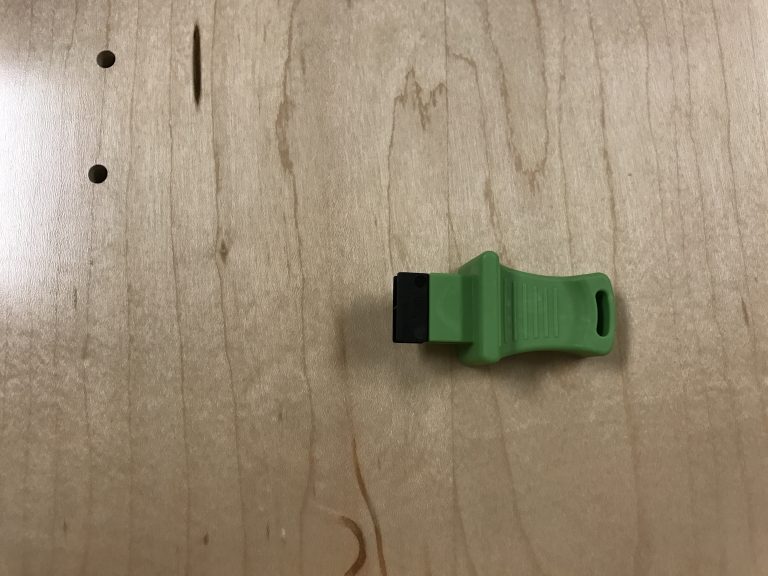
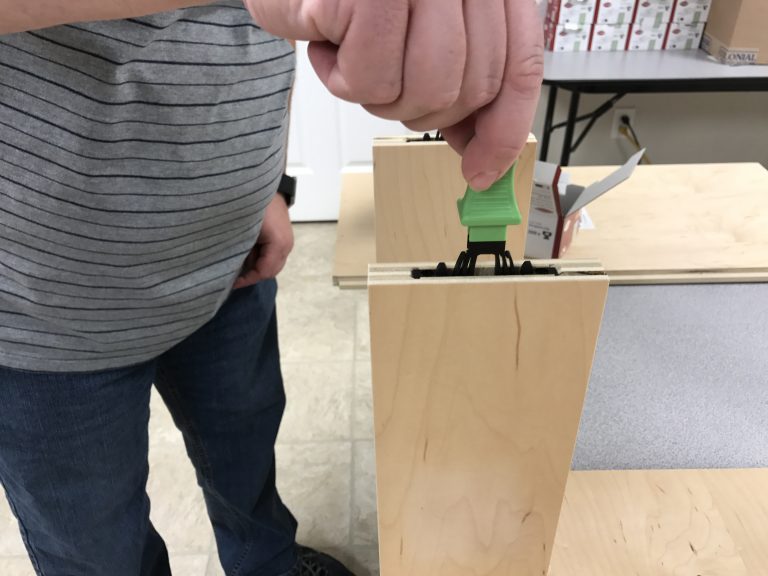
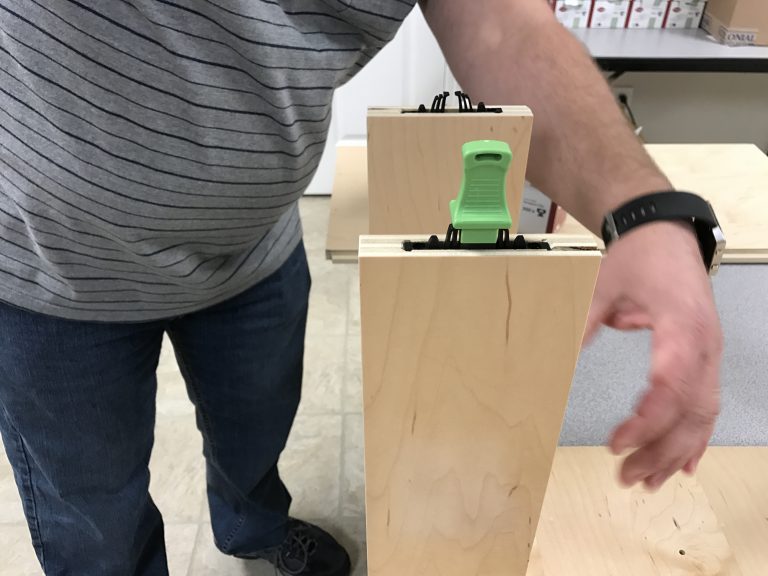
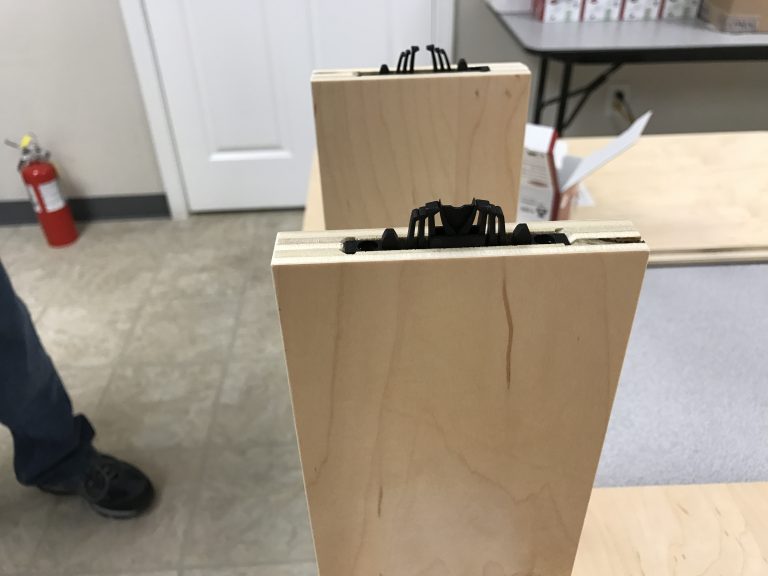
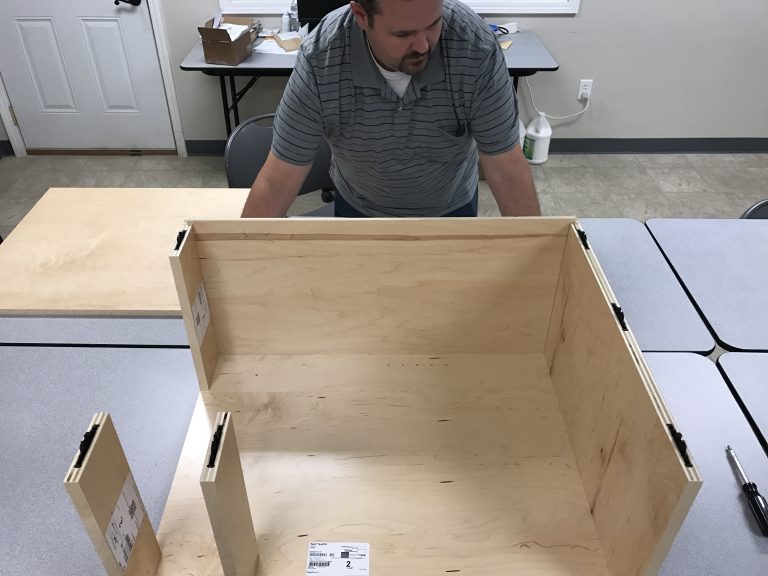
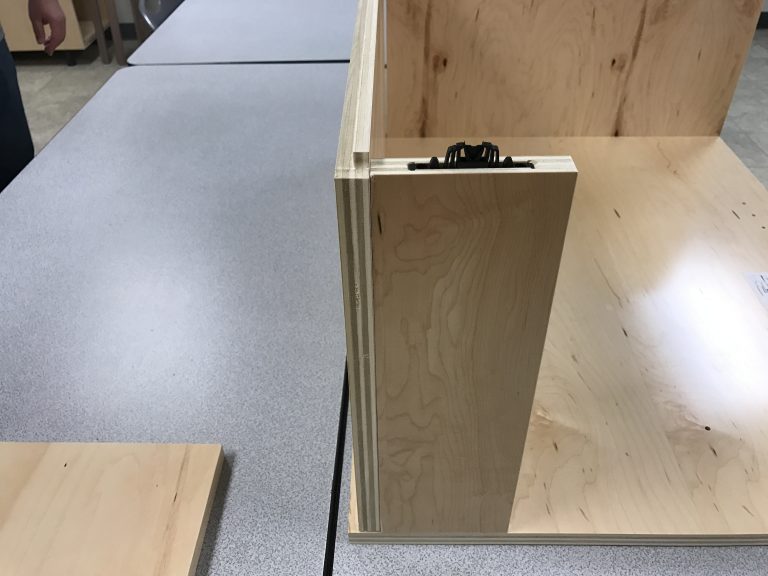
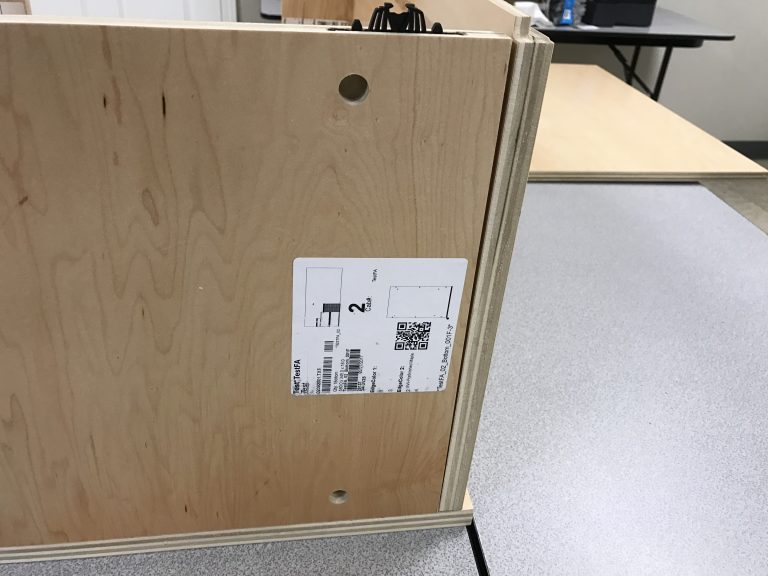
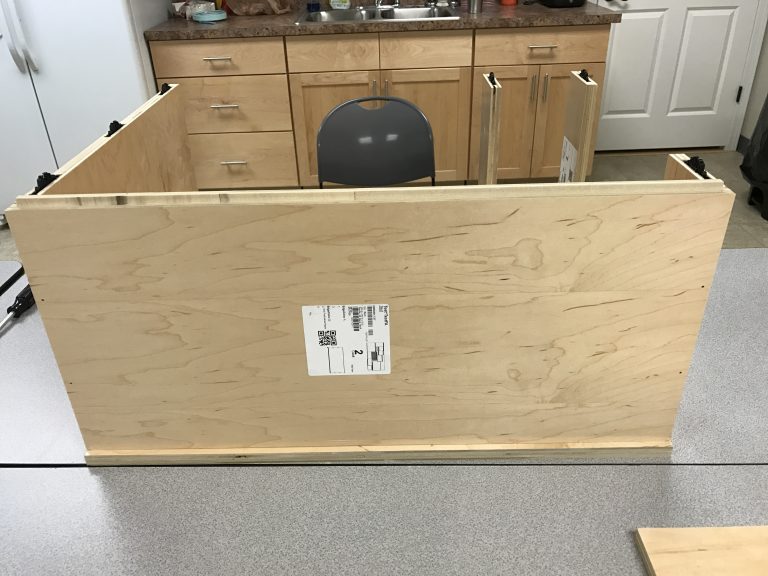
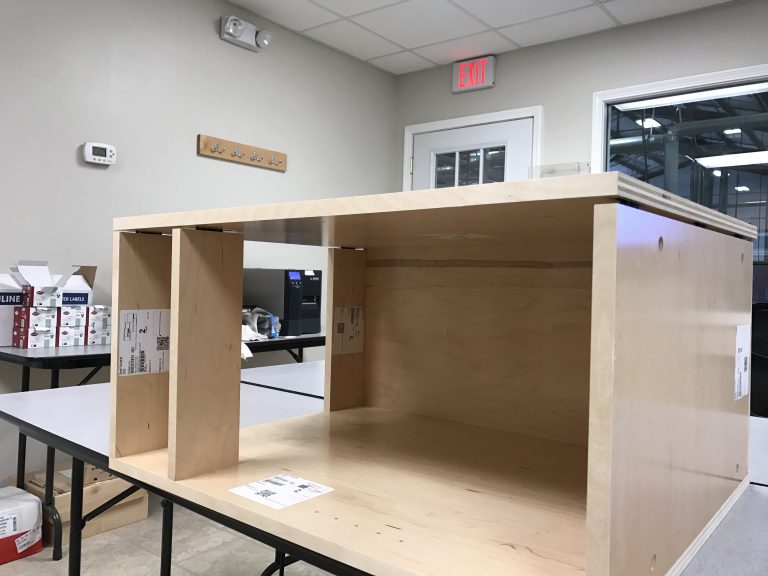
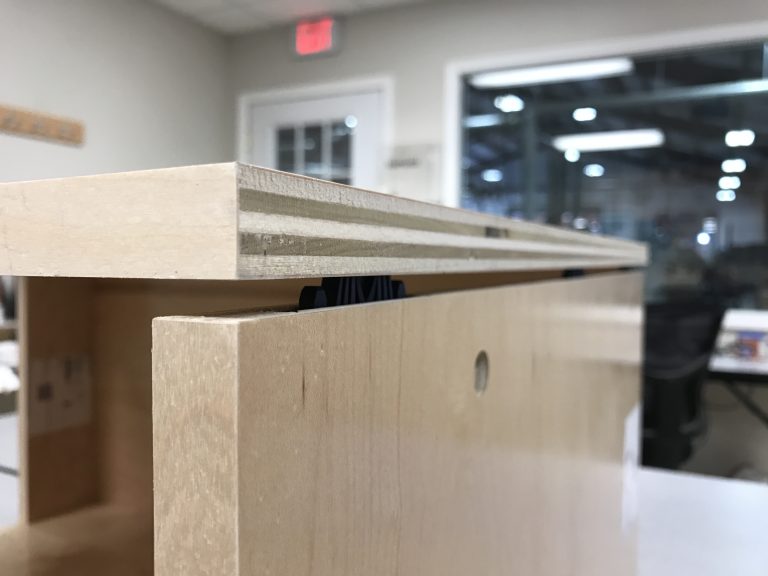
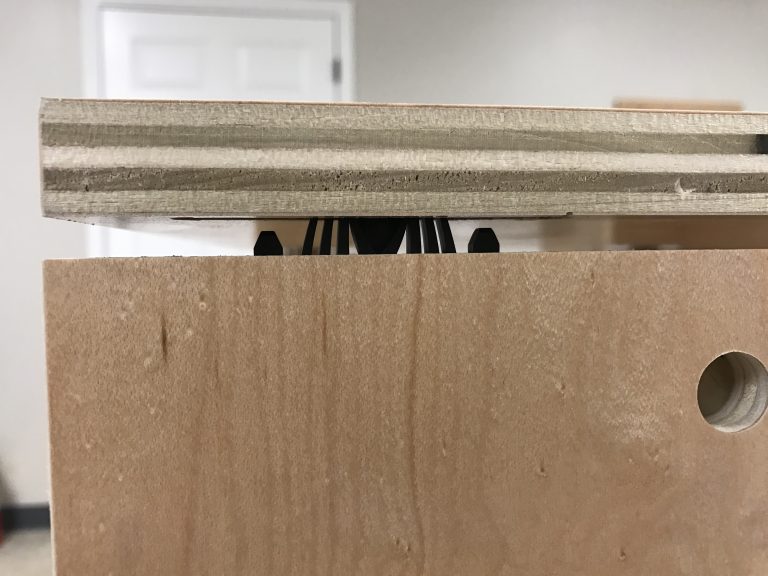
We need hinge information for diagonal wall and corner base lazy susan cabinet.
Danny,
You can find everything you need related to hinges and specialty cabinets in the Cabinotch Full Access FAQ section of the cabinotchblog.com wesbite, look for this question: What Hinge and Hinge Plate should I use?.
Don’t hesitate to call me if you don’t find what you are looking for there.
Very good tutorial.